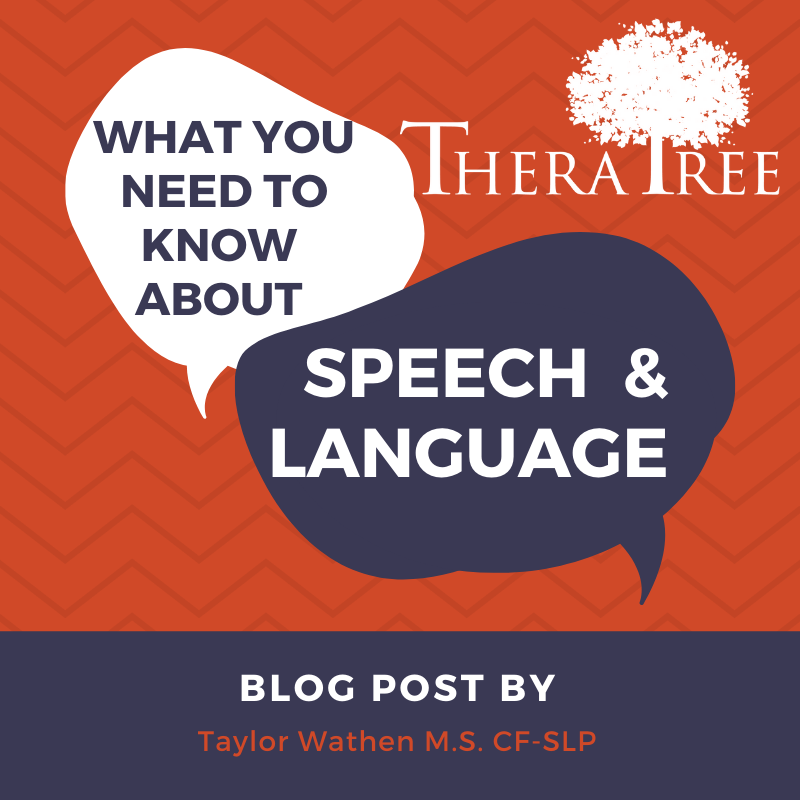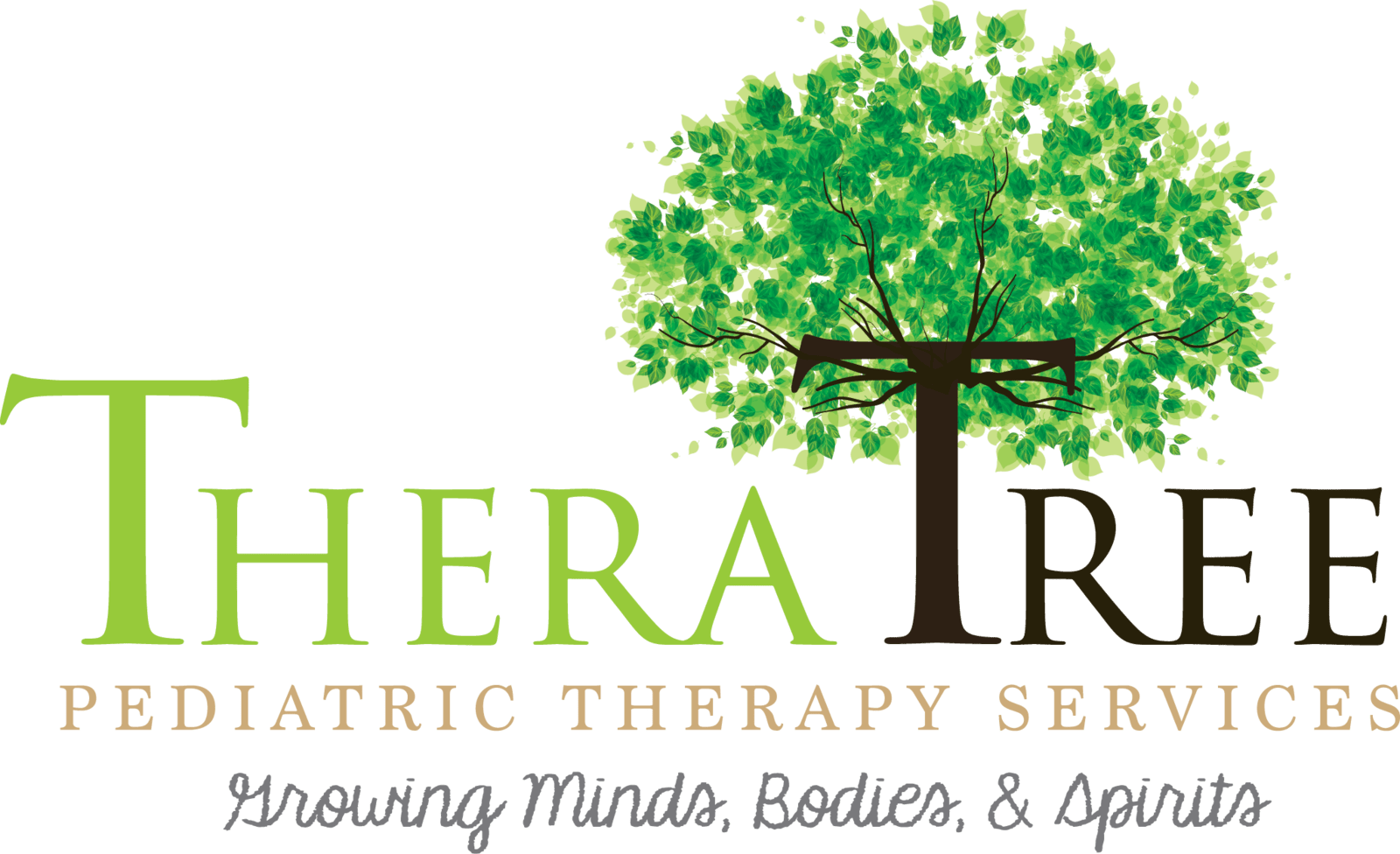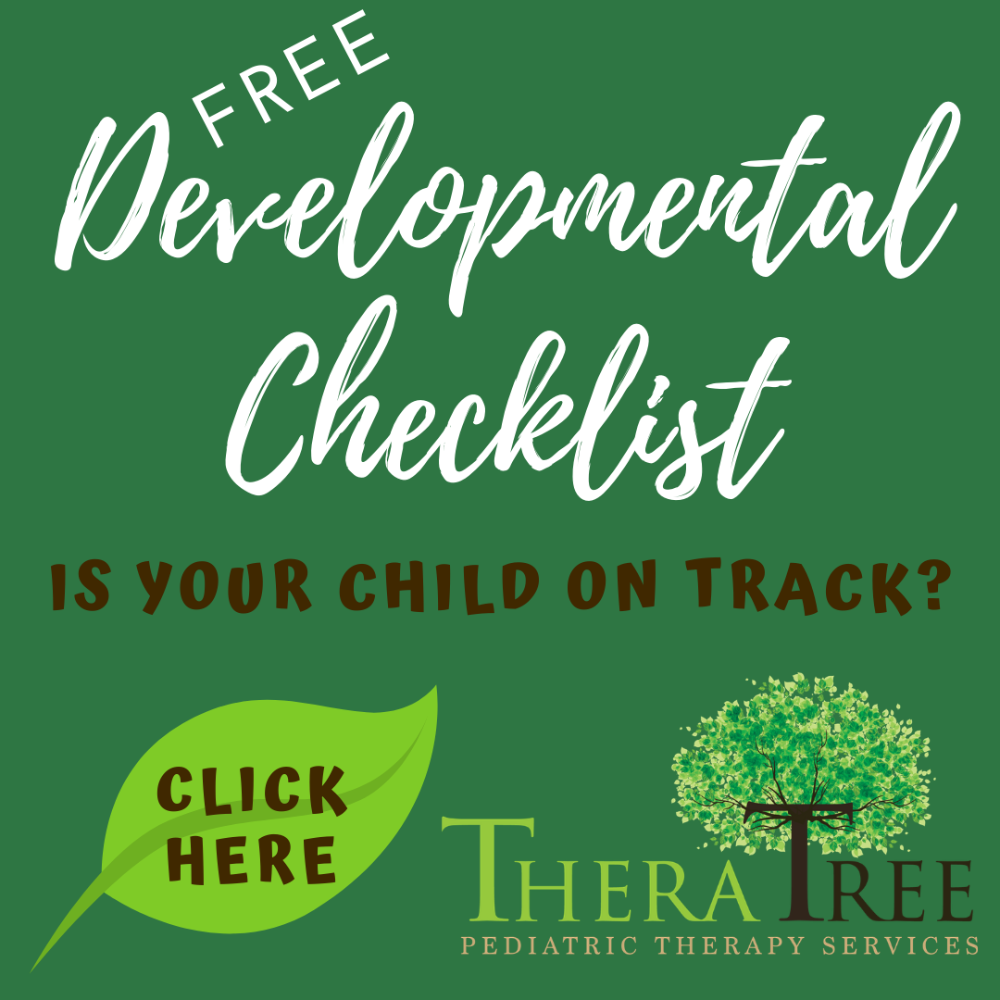by Taylor Wathen M.S. CF-SLP

Could my child benefit from speech therapy?
On the surface level, the process of speaking seems very simple. However, it is actually a very complex process. Breakdowns in speaking can happen at many levels. When breakdowns happen, a child may have difficulty developing age appropriate speech or language skills. Often this causes children frustration and even sadness when they are not understood. Speech therapy can help children meet their age appropriate goals in what we call the “Big 9 Areas”.
1. Speech Sound Production - This is the area most individuals think about when they think about speech. Speech sound production is how we use the motor movements needed to make a sound. For example, to make the “f” sound you must touch your top teeth on your bottom lip. If these movements do not occur, then the “f” sound would not sound correct. Speech sound production can also be impacted by a child’s phonological system. A child’s phonological system includes the skills necessary to use different sounds to make words. It also includes the natural process of speech development patterns that a toddler goes through. For example, it would be completely normal for a young toddler to say “da” for the word “dad”. This is called final consonant deletion. When a child gets older it could become increasingly difficult to understand their speech if some of their words did not have the final consonant.
What to look for?
- Sounds are replaced by different sounds. Ex: The word “cat” sounds like “tat”
- Syllables are missing. Ex: “Banana” sounds like “nana”
- Sounds are missing Ex: “pan” sounds like “pa” or “top” sounds like “op”
2. Language - The area of language includes how an individual understands spoken speech, how an individual puts words together for speech, and literacy. A child may have difficulty understanding what is being said to them. For example, they may have difficulty following directions or answering yes/no questions because they do not understand what was said. Speech therapy can work to improve these receptive language skills. On the other hand, a child may understand what was said to them but have difficulty forming phrases to respond. Some children have difficulty putting together sentences with noun, verbs, and adjectives. Vocabulary and sentence structure are also included in these expressive language skills. Children with language disorders sometimes also have difficulty with literacy, reading, and writing.
What to look for?
- Difficulty answering yes/no or “wh” questions
- Difficulty following directions
- Difficulty telling age appropriate stories
- Difficulty combining words into age appropriate sentences
- Difficulty with reading, writing, and spelling
3. Social Communication - To have effective communication you share a message with a communication partner. When you speak with a communication partner it will likely follow a pattern of speaking and listening. There are a set of rules established by a culture that everyone follows in order to communicate. When a child has difficulty understanding and following this pattern of rules then they may have difficulty with social communication or social skills.
What to look for?
- Difficulty staying on topic/ inappropriate topic for a given situation
- Difficulty starting or ending a conversation
- Inappropriate conversational turn taking (interrupting frequently)
- Inappropriate volume
- Inappropriate conversation with teacher vs. peer
- Difficulty understanding body language and emotions
4. Alternative and Augmentative Communication (AAC) - Sometimes children have difficulty with verbal communication. When a child has difficulty with verbally producing language, they may need another method to communicate their thoughts, wants, needs, and ideas. A SLP can help a child and his/her family find an alternative way to communicate. Some examples include sign language, picture exchange system, or electronic “talking” devices. SLPs also help with augmentative communication. This means they establish a way to communicate that aids the child’s verbal speech. For example, if a child wants a soda they may say “want” and then use a picture of a soda to hand to their caregiver.
What to look for?
- Your child may have a motor disorder that results in making the muscle movements necessary for speech challenging
- Limited verbal speech
5. Fluency - Stuttering is when a child has difficulty with the flow of speech. They may repeat sounds, syllables, or full words when speaking. The child may pause during a word or insert um or uh frequently in speech. A child having difficulty with fluency may have a facial grimace when speaking or other indicators that they are struggling to speak.
What to look for?
- Ex. The word baseball may sound like “b-b-b-baseball”
- Sentences may sound like “I um like uh uh soccer practice.”
- Facial grimace while speaking
6. Hearing/ Aural Rehabilitation - If a child has hearing loss, or chronic otitis media (chronic ear infections), this can affect their speech and language development. Hearing the sounds in a child’s environment promotes speech and language growth. Aural rehabilitation can also assist a child who has recently received hearing aids or cochlear implants. SLP’s can complete hearing screenings. (However, full hearing evaluation would need to be completed by an audiologist.)
What to look for?
- Hearing loss
- Chronic otitis media (ear infections)
- Difficulty with speech production due to hearing loss
7. Cognitive - SLP’s can assist children with cognitive communication disorders. These are language difficulties as a result of an underlying cognitive difficulty. Examples of things SLP’s could work on with your child include problem solving, attention, memory, orientation, executive functioning, planning, reasoning, and many more.
What to look for?
- Difficulty problem solving age appropriate situations
- Short term or delayed memory difficulty
- Difficulty telling stories with events in the correct order
- Difficulty providing a reason to “why” questions
8. Voice - Voice is the sound we produce when we speak. It is how we sound including pitch and tone. A child’s voice could sound harsh, hoarse, too quiet “lost voice”, or sound as if to much air is coming out of their nose. Children can have a voice disorder due to an organic cause or due to overuse and misuse.
What to look for?
- Loss of voice without apparent cause
- Hoarse or harsh voice for more than a few days
- When the child speaks does it sound nasally or as if air is coming out of the nose inappropriately?
- When the child speaks does their voice sound as if they have a stuffy nose (without present of sickness or sinus concerns)?
9. Swallowing and Feeding – SLPs are also trained to evaluate and treat swallowing disorders. A swallowing disorder is when you have difficulty chewing or swallowing. Sometimes food “goes down the wrong way” and travels towards the airway and not the esophagus (food tube). SLPs can also work on feeding skills. Some children have difficulty with new foods or sensory feeding difficulties.
What to look for?
- Very limited diet
- Your child may become very upset about trying to foods or refuse new foods.
- Coughing with food
- Coughing with liquids
- It appears “food goes down the wrong way” frequently
What can I do if I think my child needs speech therapy?
A great first step to help decide if your child needs speech therapy would be to complete a developmental checklist. Although the categories listed above are great things to look for, every child is different, and every age is different. You can complete the checklist here.
You can also call Theratree today at 270-688-8449. We can help you get paired with a great Speech-Language Pathologist!
Who is a Speech- Language Pathologist?
A Speech-Language Pathologist is an individual that is trained and licensed to evaluate and treat speech and language difficulties. They are experts in communication development and disorders. Speech-Language Pathologists are often called speech therapists or SLPs for short. SLPs commonly work in private practice, schools, and hospitals. They can work with newborns to adults. When SLPs work with individuals it is called speech therapy. At Theratree, SLP’s use strategies tailored to each child to help them reach their speech therapy goals.

